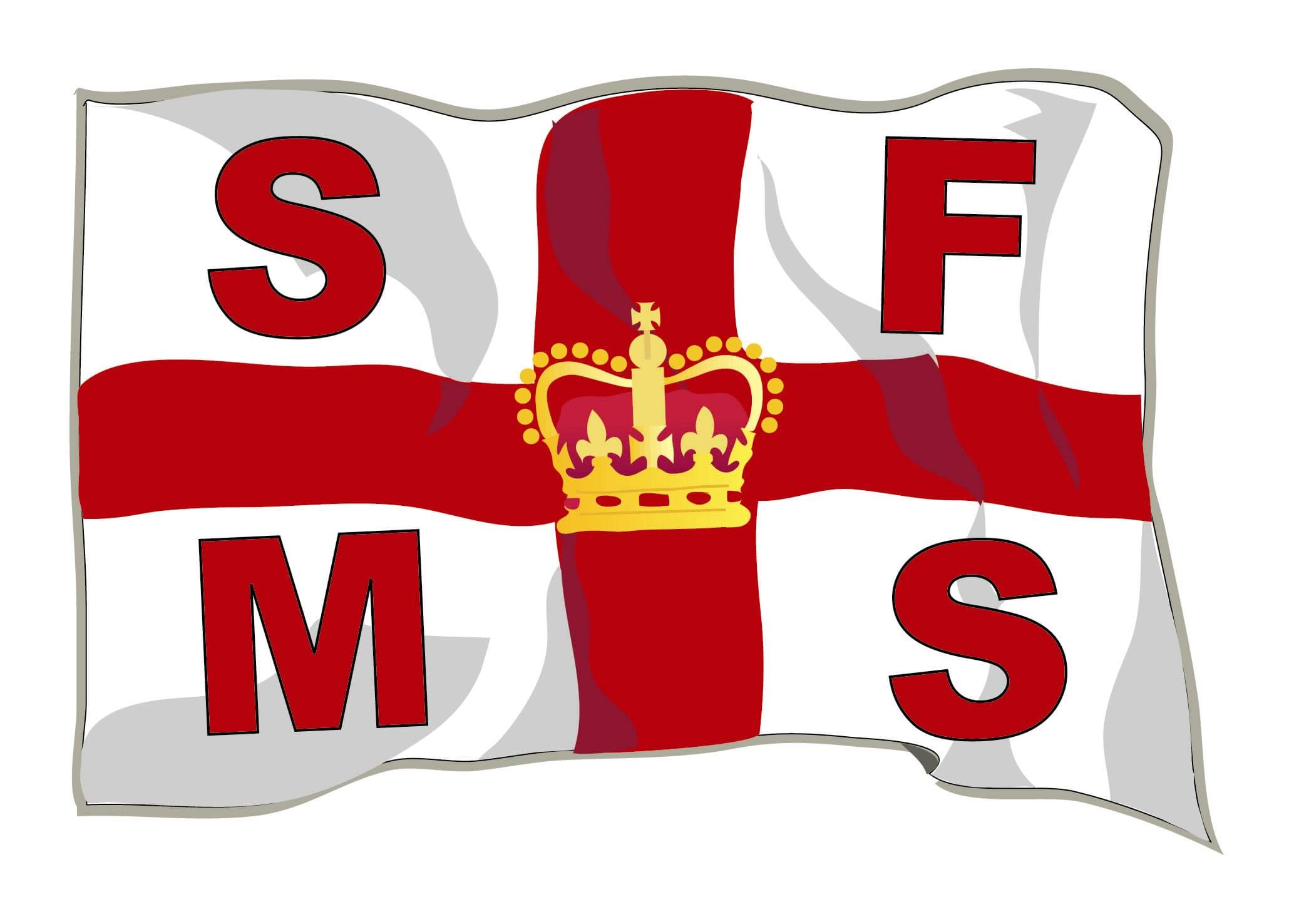Edward & Maisie Lewis Award 2014/15

On 28 July 2014, the crew of ‘Rescue 01’ were tasked to go to the assistance of a fisherman lost overboard from the fishing vessel Venturer, 60 nautical miles North East of East Falkland.
Given the immediate need to recover the fisherman before hypothermia set in, and having taken stock of the atrocious weather and pitch black night, ‘R01’ an RAF Sea King from 1564 Flt, Mount Pleasant launched at 1940.
On departure, Flt Lt Ian Campbell (the aircraft Pilot and Captain) immediately recognised that there was no prospect of a direct over-land transit due to the low cloud, high terrain and freezing conditions which would have prevented him from climbing the aircraft. He took an easterly over-water route working closely with the Radar/Winch Operator, Sgt Mike Boissier-Wyles and Co-Pilot, Flt Lt Tom Greene, to remain clear of land before turning onto a direct track to head for the search area. En-route, information of a possible sighting of the casualty was received via a Hercules transport aircraft that was operating on-scene as a communications relay.
Ian Campbell directed the radar operator to determine the open-water drift using a known point of entry into the water and this sighting. A start point 6 nm south west of the original location was determined along with a line of advance for the search. On scene at 2100 the crew encountered low cloud, torrential rain and with no ambient light the visibility was down to 200 metres.
In the total darkness the night vision goggles were performing poorly and with no observable horizon, Ian Campbell was forced to fly with greater reference to instruments and rely on his searchlight. With sea state 8 and 50 kts of wind, the probability of locating the casualty in the 45 ft swells was very low. However at 2140 on their second sweep of the area the casualty was sighted 30 metres ahead of the aircraft. With the casualty found, the Pilot decided to hover at 80 ft to allow sufficient clearance from the rapidly changing wave peaks.
The standard procedure for this type of recovery at night is for the aircraft to be manoeuvred by the winch operator via autopilot with the aircraft at 50ft; but Ian Campbell recognised that the autopilot could not maintain a stable hover in the atrocious conditions and consequently elected to conduct a manual hover at a higher height than normal. With severe sea conditions and a winching height of 80 ft, Sergeant Dan Allanson, the Winchman, showed no hesitation in leaving the aircraft to assist a casualty whose chances of being alive were assessed as slim given the length of time he had been in the near freezing water (4 degrees C).
On entering the water Dan was immediately submerged as changes in wave height outpaced the maximum speed of the aircraft winch. On resurfacing, the lashing spray and crashing wave peaks presented a daunting challenge. Dan Allanson’s courage in these conditions cannot be underestimated and combined with the skill of the winch operator, Mike Boissier-Wyles and Ian Campbell’s exceptional flying accuracy, he was delivered to the casualty on the first attempt.
The physical effort of man-handling a large casualty in the 45 ft swell proved to be highly demanding and with the violent wave motion the winch cable became wrapped around Dan Allanson’s legs. He was forced to release the casualty to free himself from this entanglement. In doing this and then reconnecting with the casualty and recovering him to the aircraft, Dan showed exceptional determination, strength and stamina.
The physical and mental demands placed on him within this extremely violent and chilling environment were enormous. He was immersed for almost 15 minutes. On entering the cabin and without time to recover, Dan and Mike immediately began to provide life support to the casualty. Flying through atrocious weather conditions the fisherman was delivered to King Edward Memorial Hospital, Port Stanley, at 2210 where sadly he subsequently died. The difficulties faced by this crew go far beyond those which it is possible to train for.
Indeed, the meteorological conditions experienced during this rescue were as poor as anyone could expect to encounter during an entire career in Search and Rescue. Under the calm leadership of Ian Campbell his crew demonstrated outstanding professionalism, teamwork, determination and bravery.


